The series of images here collectively entitled ‘Camera Lucida’ were made especially for the publication In Memoriam (Dundee University Press ISBN 9781845861391). The original drawing they are based on is one of a series of eighteen from 1508 by the Renaissance master Albrecht Dürer, and is entitled ‘Head of an Apostle’. The drawings were made in preparation for the Heller Alterpiece in Frankfurt, which was destroyed by a fire in 1729. The series include the famous ‘Praying Hands (of an Apostle)’, said to contain pathological features of the artist’s own hands (possibly rheumatoid arthritis).
The title of the works ‘Camera Lucida’ refers to the processes of creation, revelation and disintegration inherent in art as well as life. A camera lucida is an optical device used to superimpose an image of the subject being viewed upon the surface on which the artist is drawing. This allows the artist to trace key points of the scene on the drawing surface. The name “camera lucida” (Latin for “light chamber”) recalls the much older drawing aid, the camera obscura (Latin for “dark chamber”).
This movement between light and dark, lucida and obscura, is also the metaphorical journey the works explore as, in many ways the processes entailed in my method of working replicates this sense of transformation and I often attempt to incorporate this in the physical characteristics of the work. In this series is the suggestion of presence and absence – the work/image is there at all times, although our experience of it’s presence is fragmentary.
Camera Lucida is also the title of a highly influential book published in 1980 by the French philosopher Roland Barthes. It is written as an inquiry into the nature and essence of photography as well as a eulogy to Barthes’ late mother. Camera Lucida is as much a reflection on death as it is on photography. Barthes talks of the studium and the punctum – the detail that catches the eye, jogs the memory, arouses tenderness – ‘that accident which pricks, bruises me.’
Searching for an image of his mother that could give him comfort, Barthes goes looking for her among old photographs; time and again the face he finds is not quite hers, as he remembers her. At last, he discovers her true likeness in a picture of her as a child aged five, taken in a winter garden in 1898.
The punctum in the works presented here is represented by the series of private and personal photographs of donors, which punctuate the individual works and the publication.
My thanks go out to the relatives who generously supplied these images of their loved ones for this project.
(Calum Colvin)
In 2012 Calum Colvin undertook a series of works titled ‘Camera Lucida’ as part of a wider project at the University of Dundee and the Royal Society of Edinburgh. This project, tilted ‘In Memoriam’, celebrated those individuals who had donated their bodies to science.
For his photographs Colvin appropriated an obscure drawing by Albrecht Durer titled Head of an Apostle. Colvin reverses Durer’s image and paints it across the set of Camera Lucida I. The whole work has a mood of melancholy and decay. The apostle’s beard is thin and his eyebrows bristling. The palette is autumnal, as is the sentiment in this photograph. Indeed, the work speaks of time and its passing. Throughout, the scattered letters allude to former accords. The lines of wool record the patterns of associations and memories, the warp and weft of being and recollection.
In subsequent images within this suite, Colvin allows these objects and images to come to prominence and to fade. He plays with light and shade so that each element within the composition is given its due place, then dissolves from the scene. Consequently, in Camera Lucida VII, only the chair is visible, with a single ball of wool and few letters, the rest of the image cast into darkness.
Evidently, Colvin is also reflecting upon the nature of the camera and the photograph in ‘Camera Lucida’. This is an exposition of light and shade, the very substance of photographic practice. Equally, he is exploring the photograph’s link to memory and memorialisation, the sense that the photograph is a connection with the immutable conditions of presence and absence, that photography’s essence is ineffable, its fundamental character mysterious, like ‘being’ itself.
(Tom Normand)
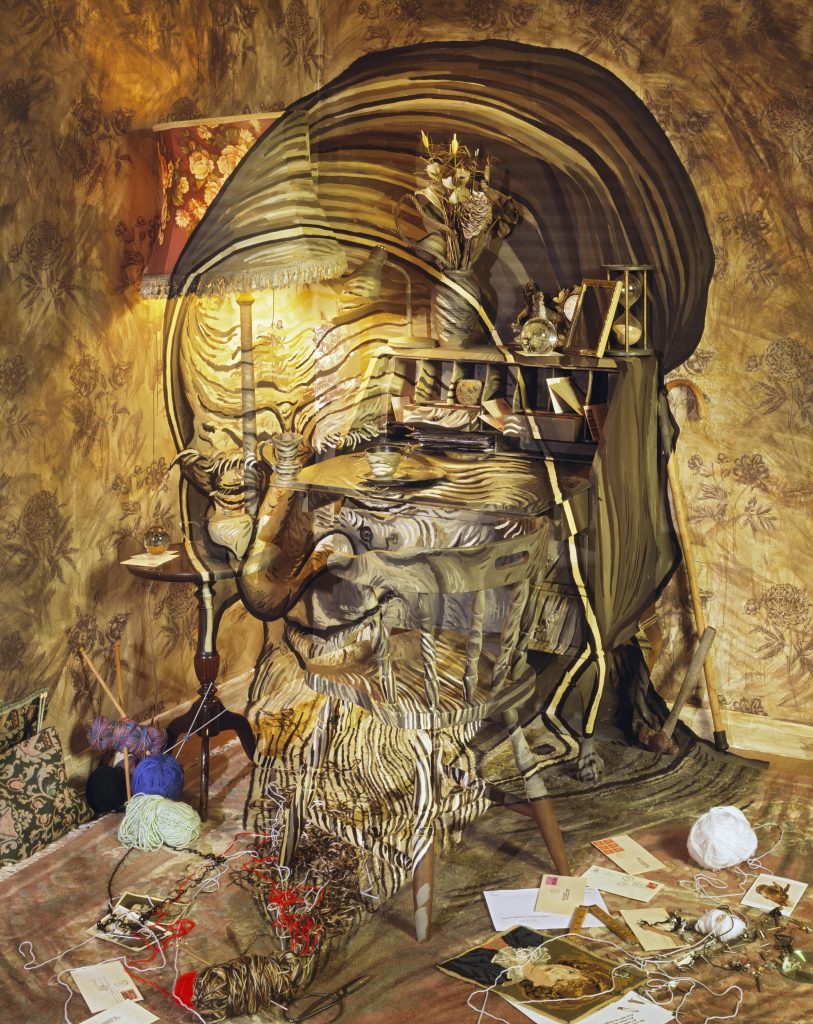
Camera Lucida I
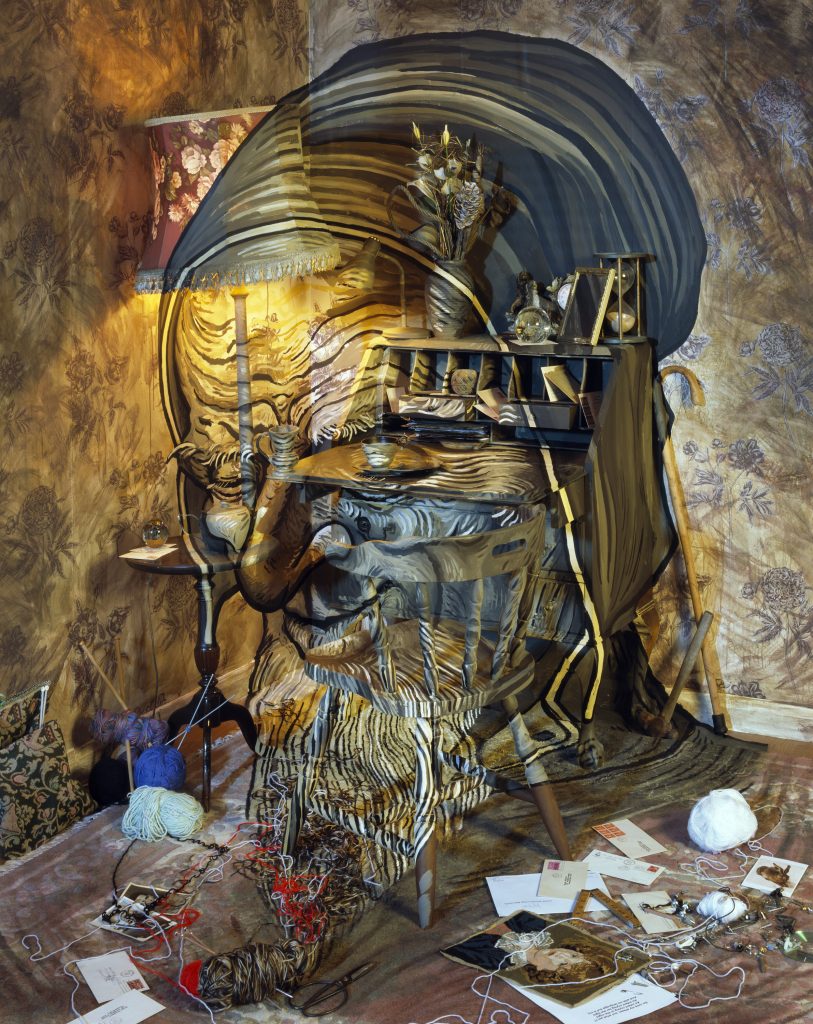
Camera Lucida II
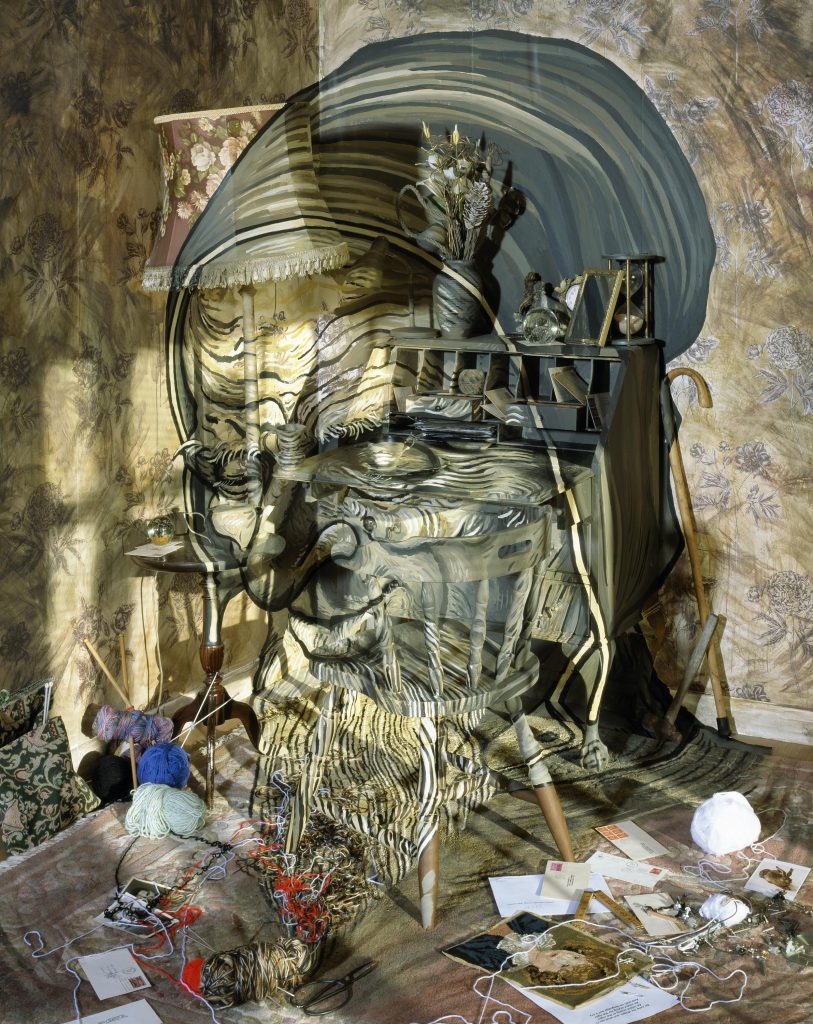
Camera Lucida III
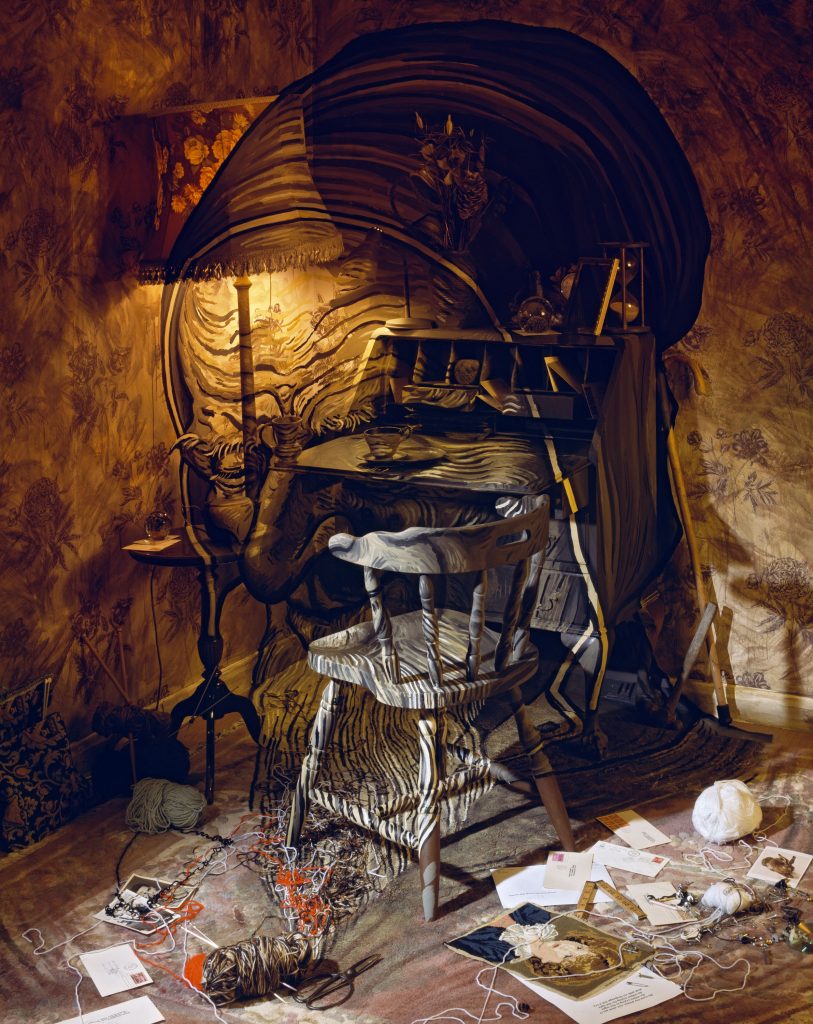
Camera Lucida IV
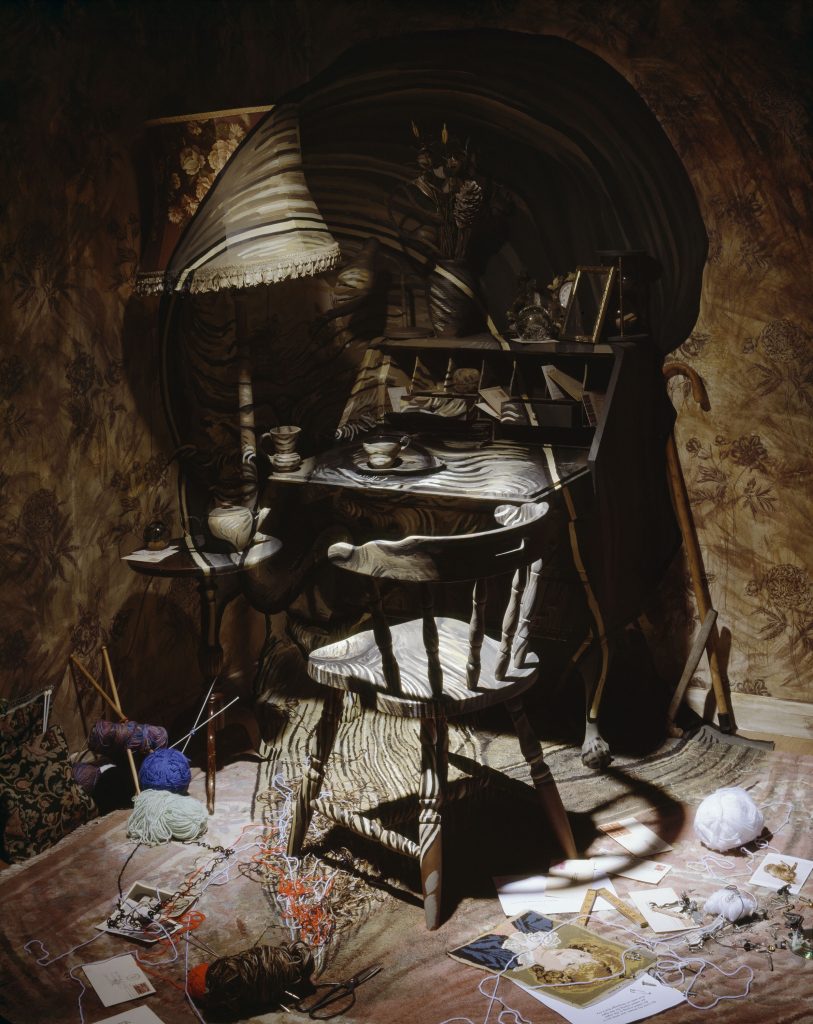
Camera Lucida V
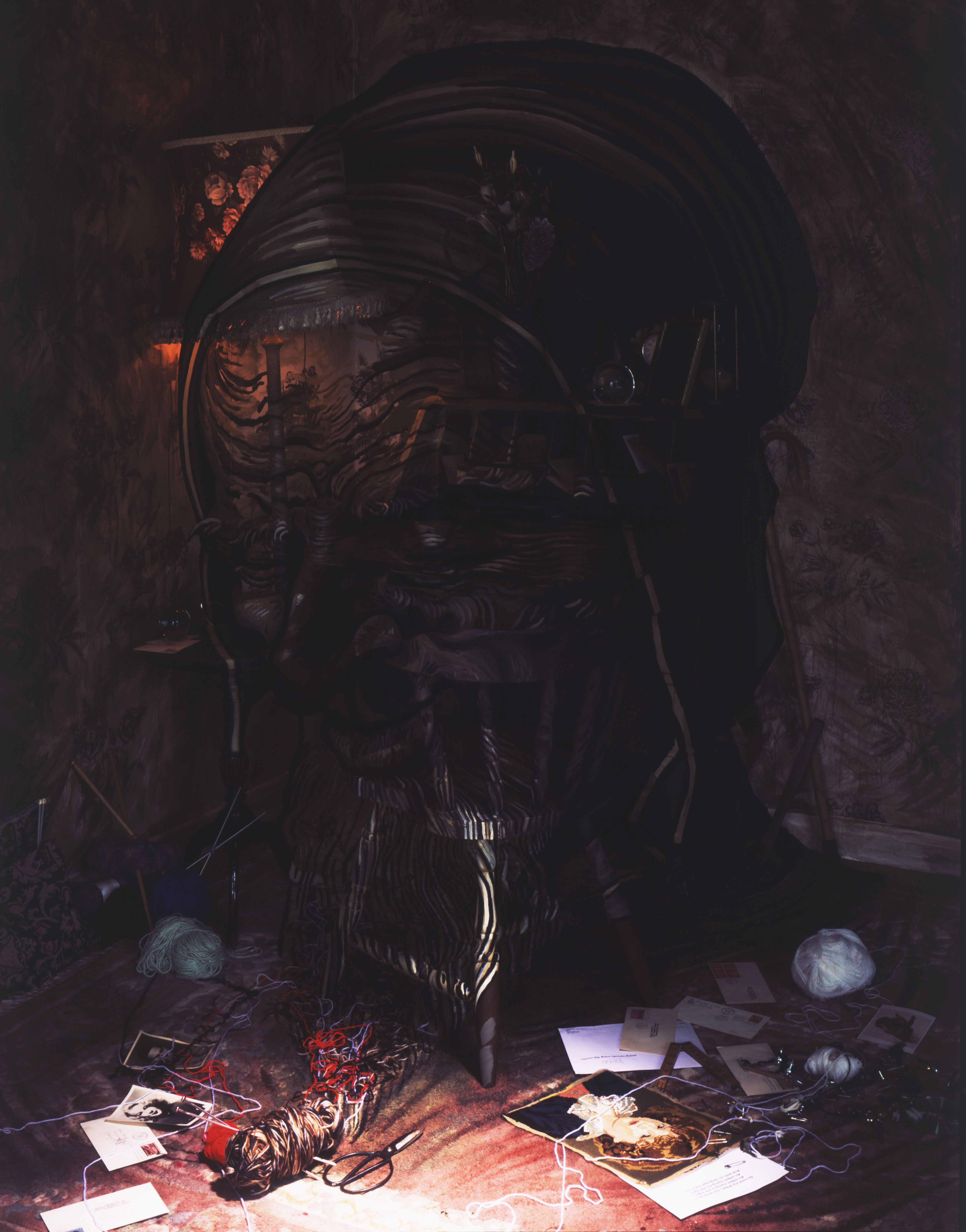
Camera Lucida VI
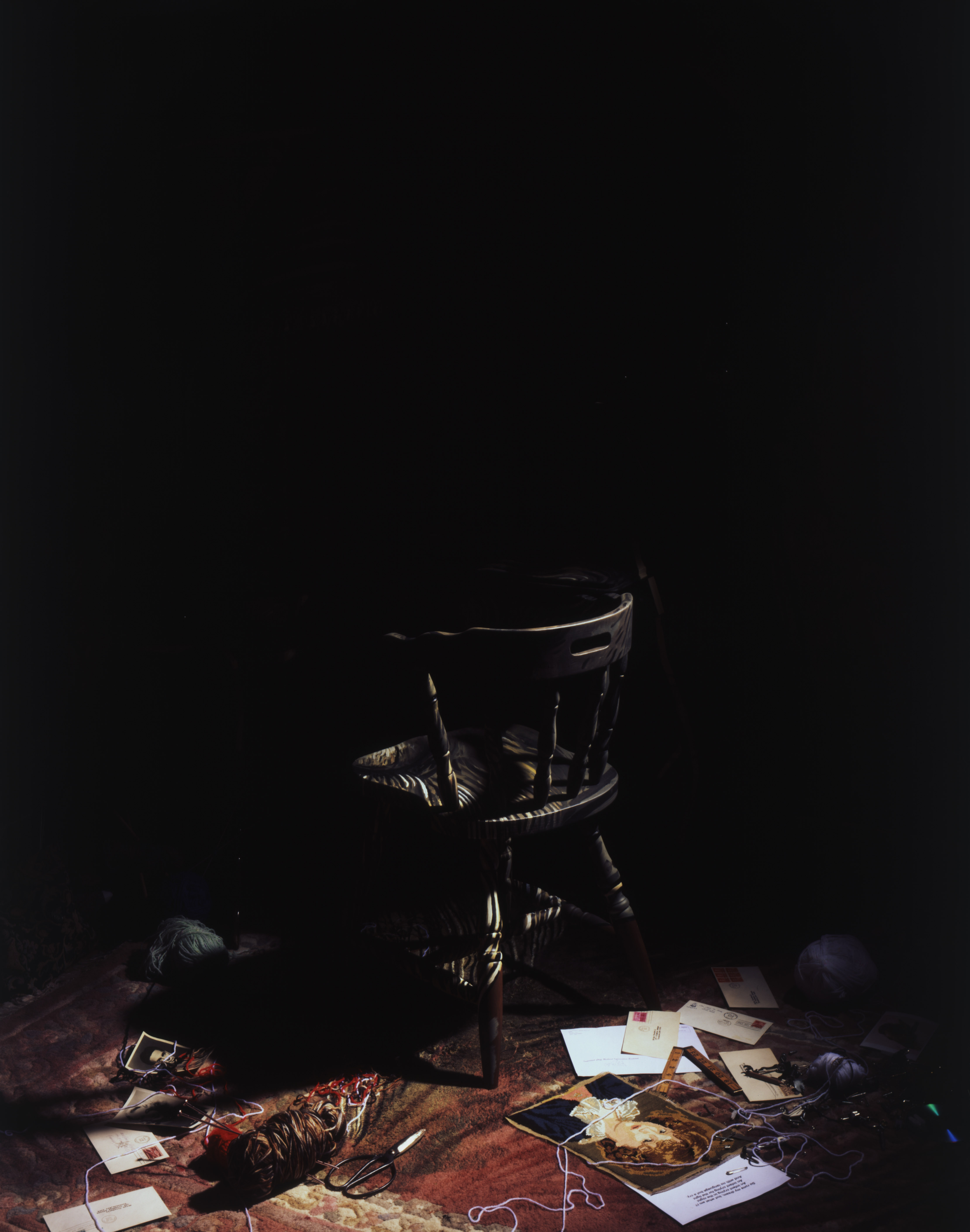
Camera Lucida VII
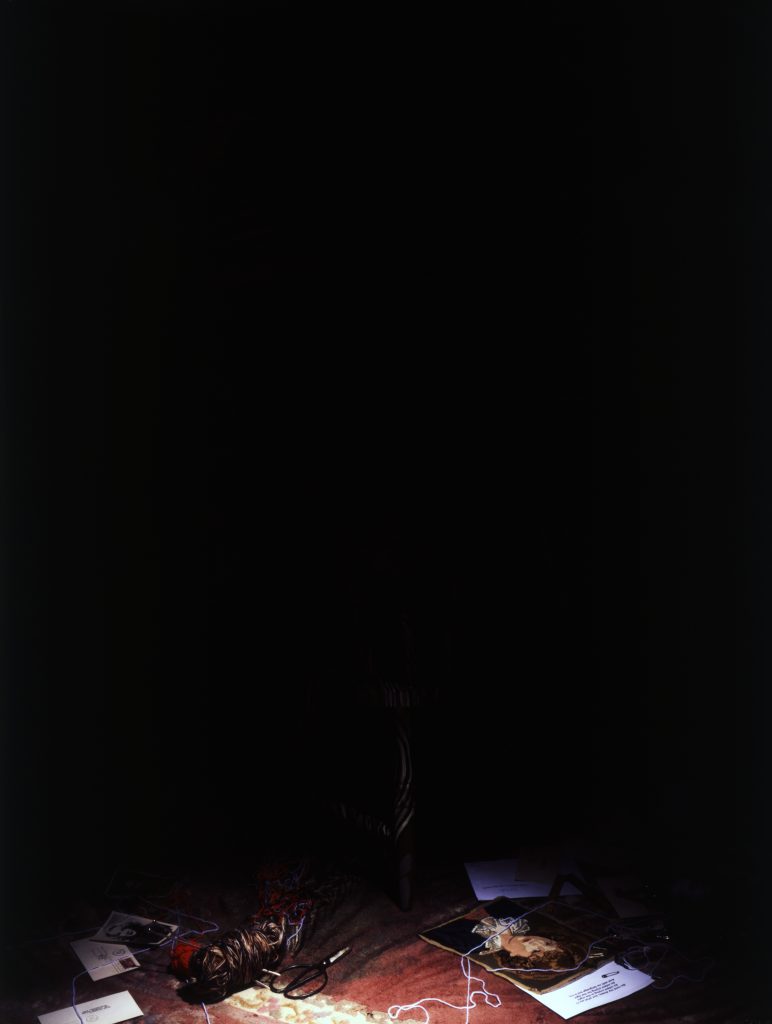
Camera Lucida VIII
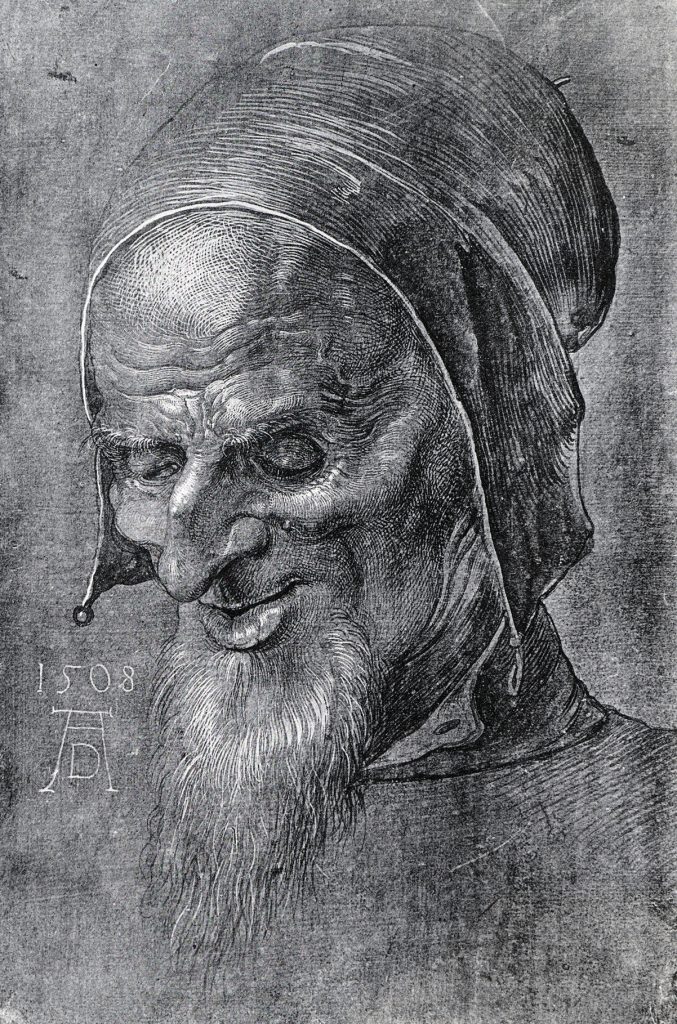

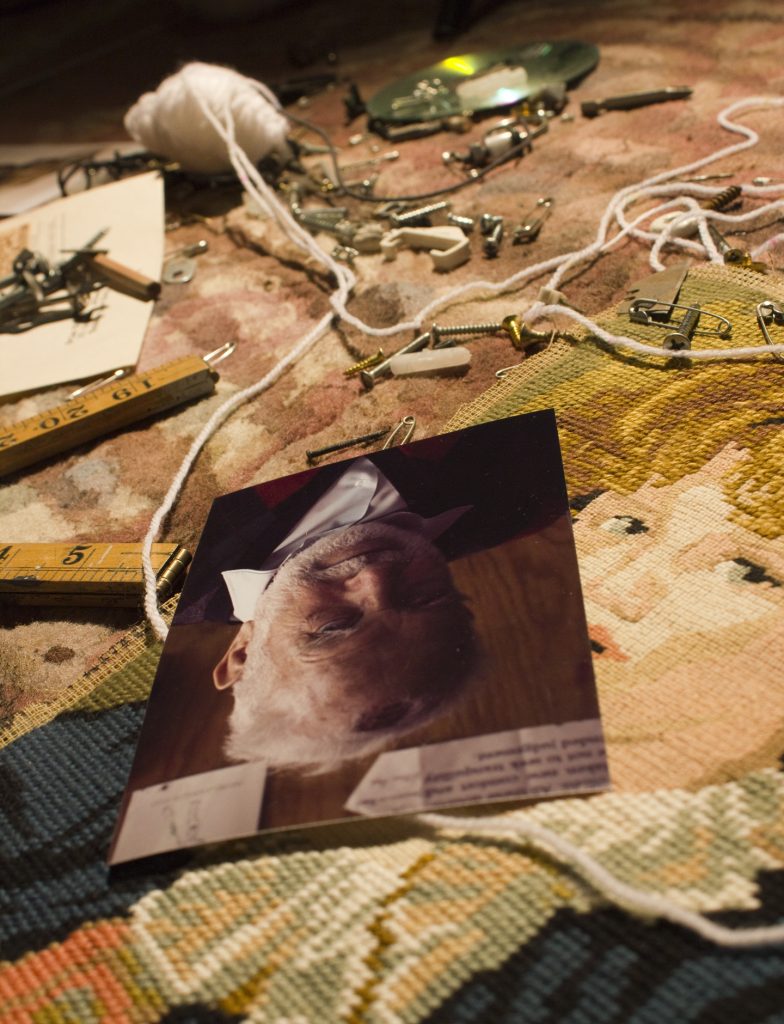
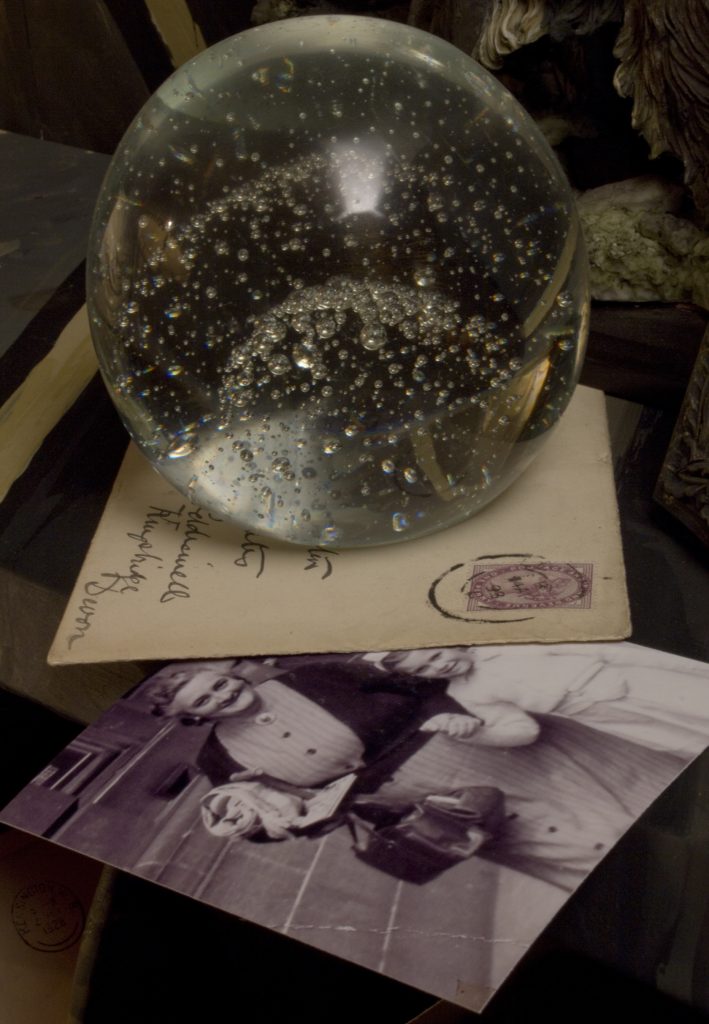
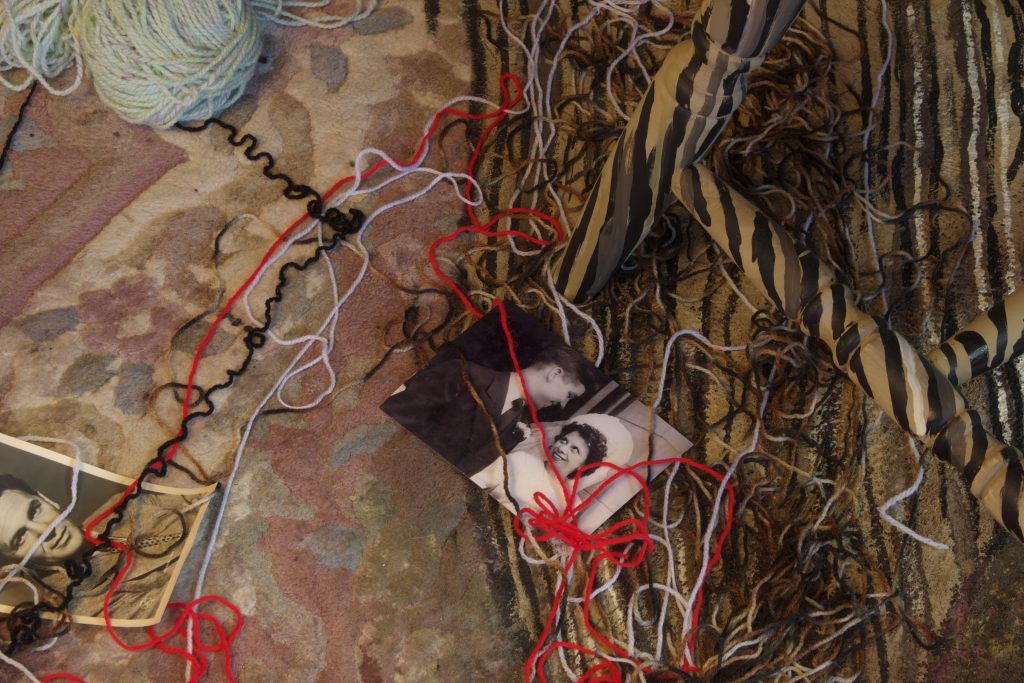
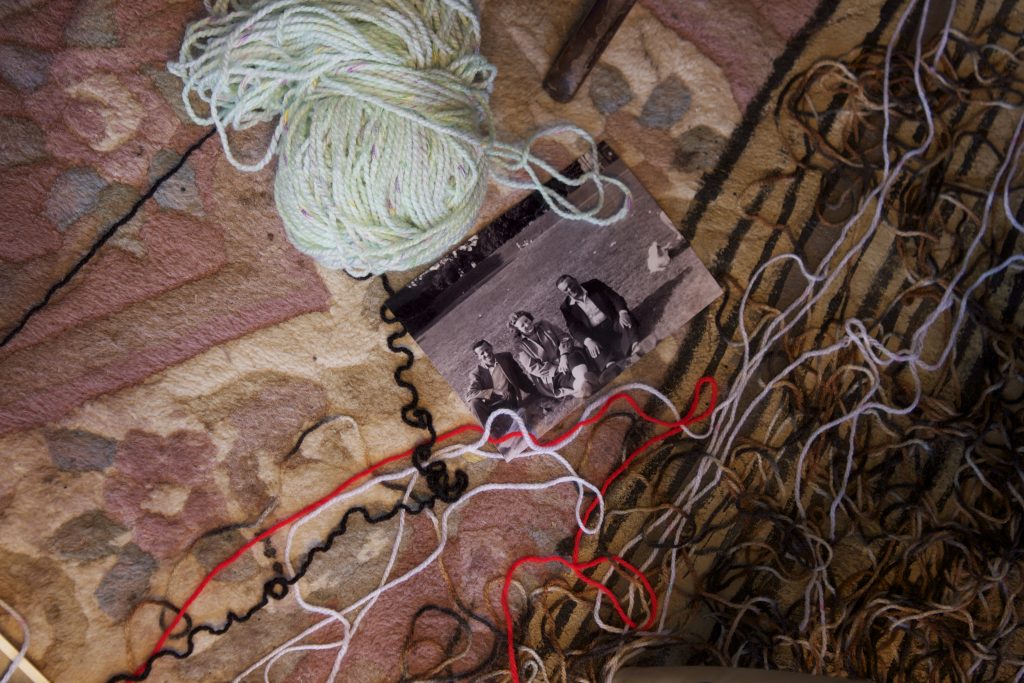
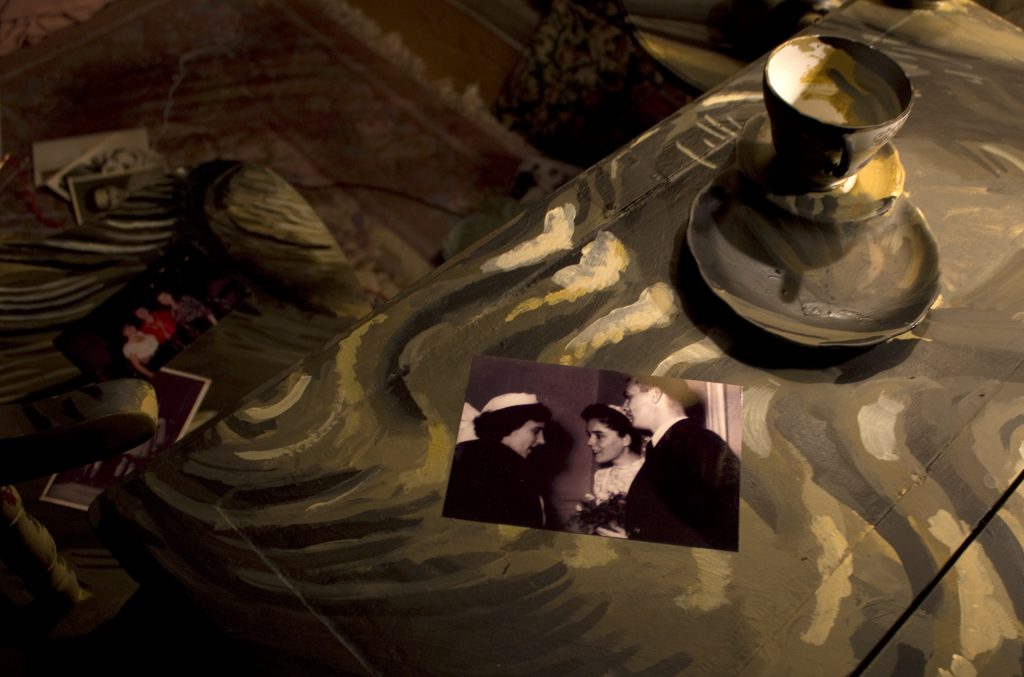
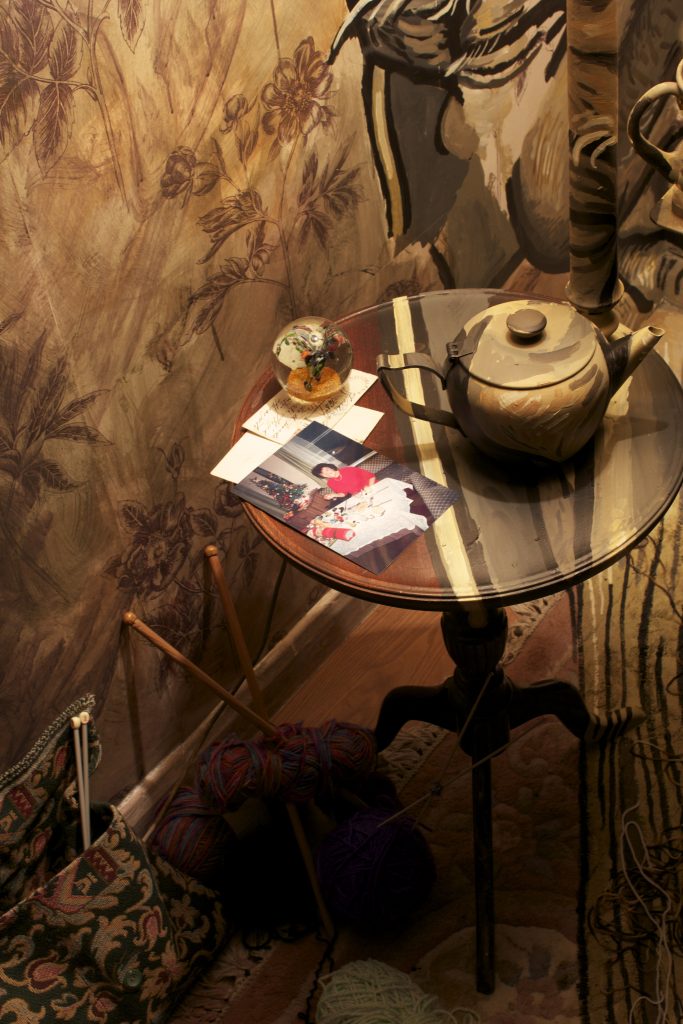
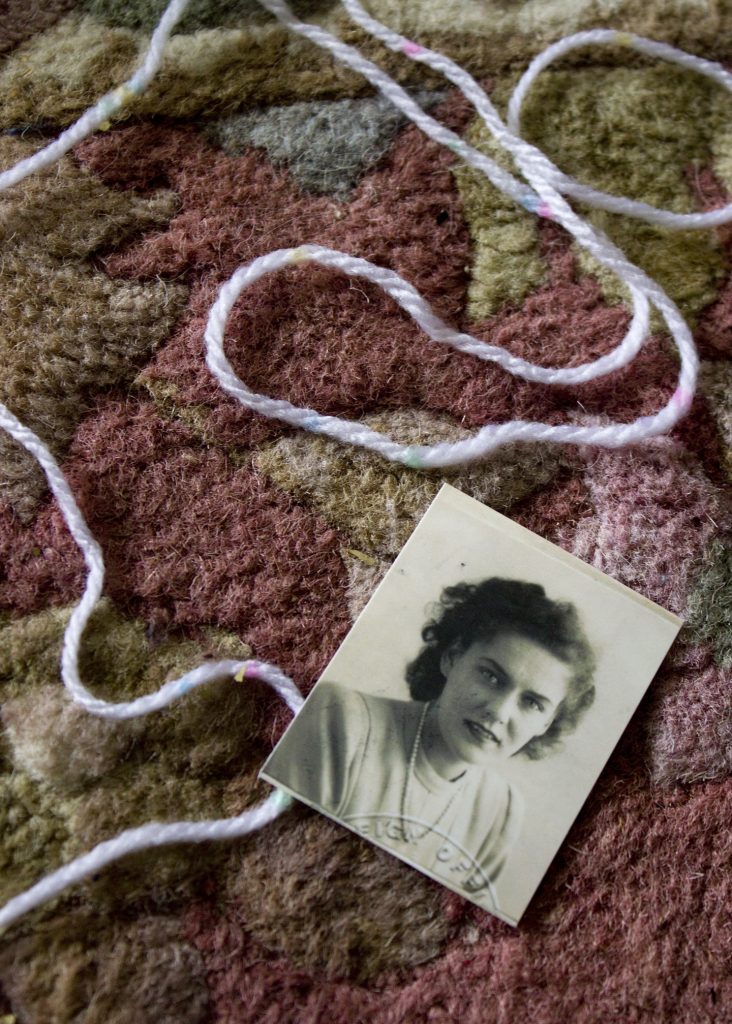
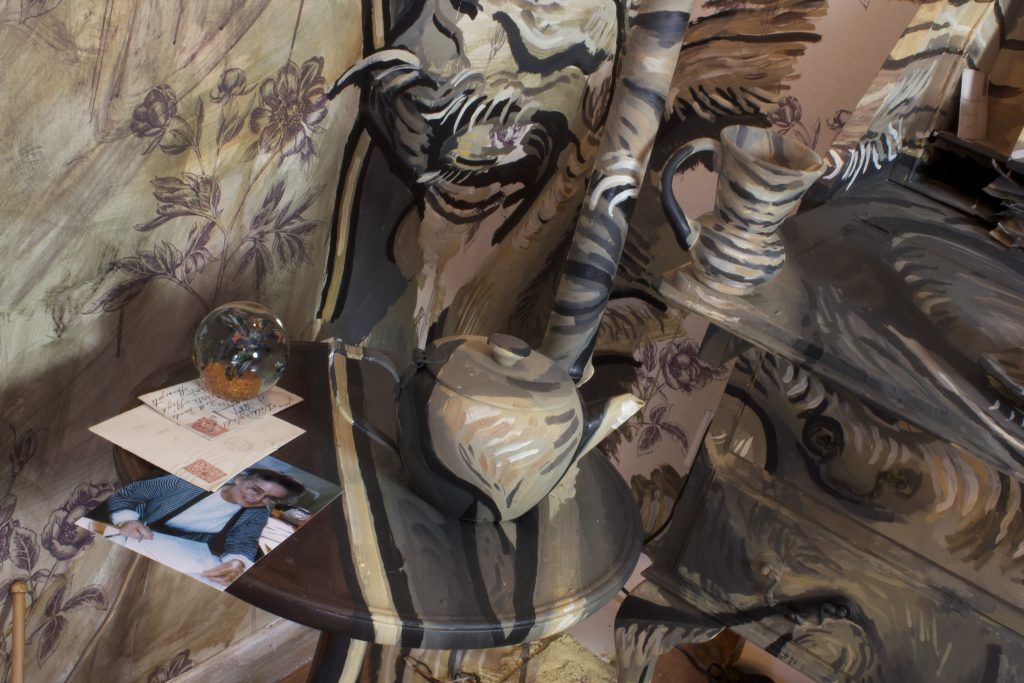
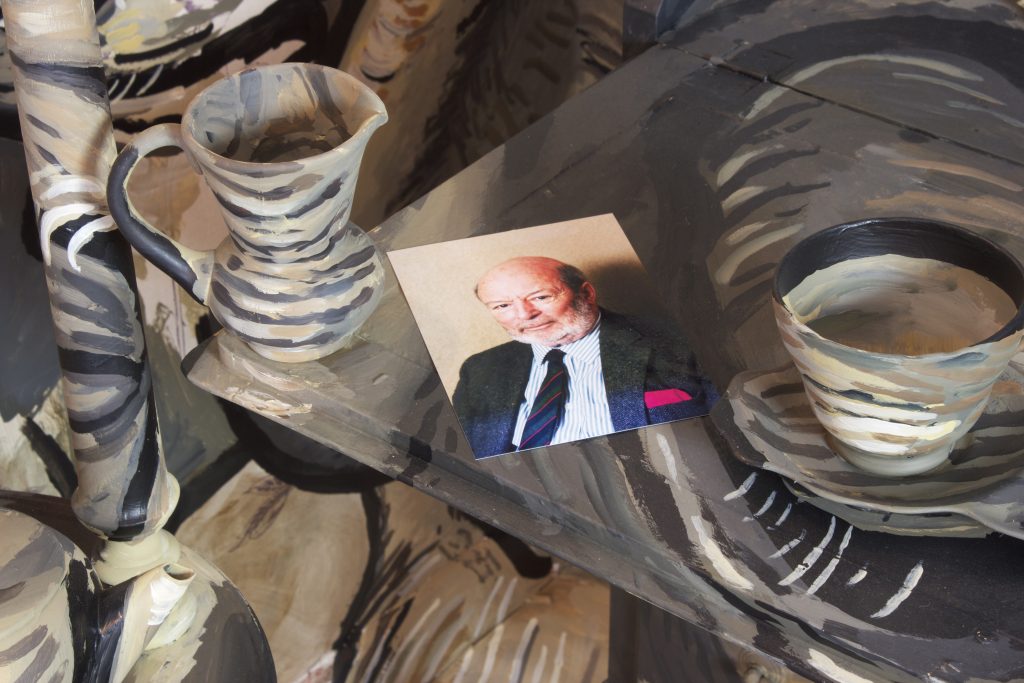
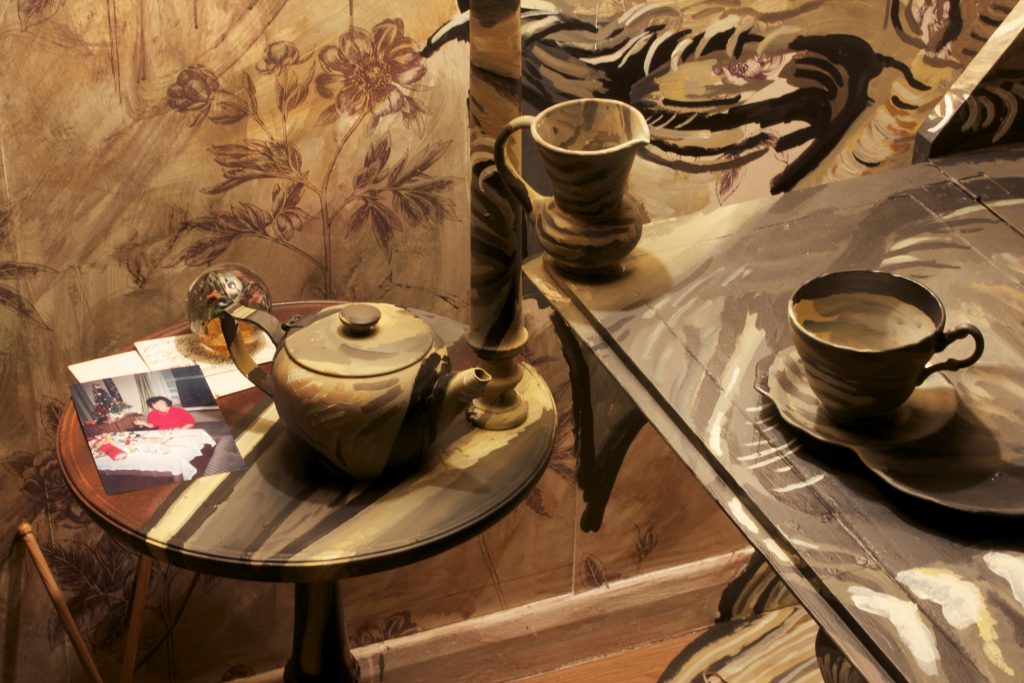
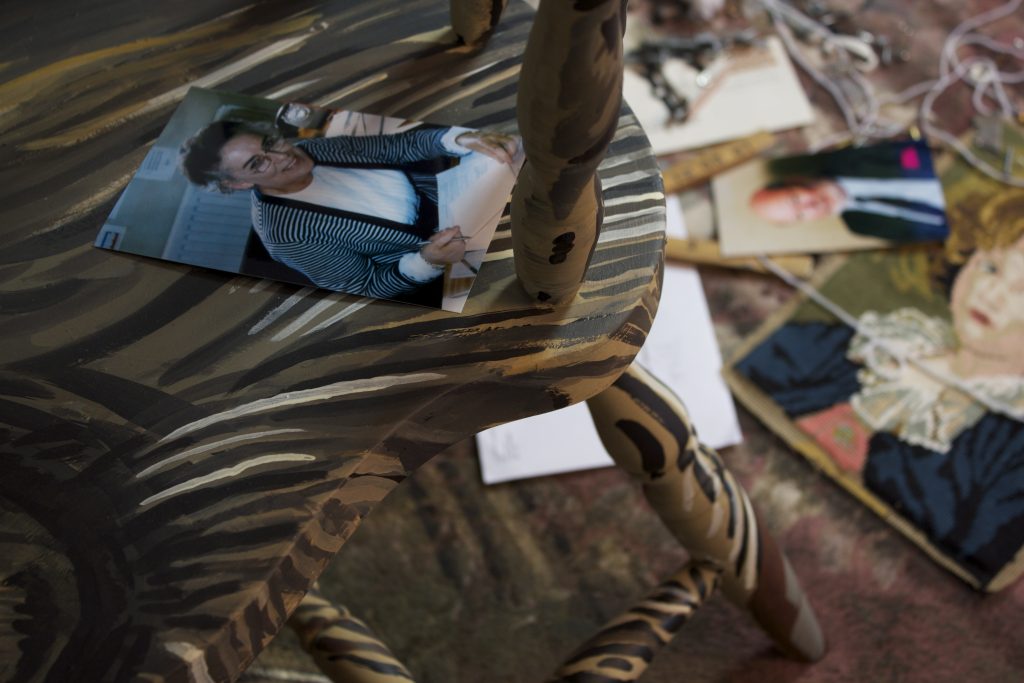
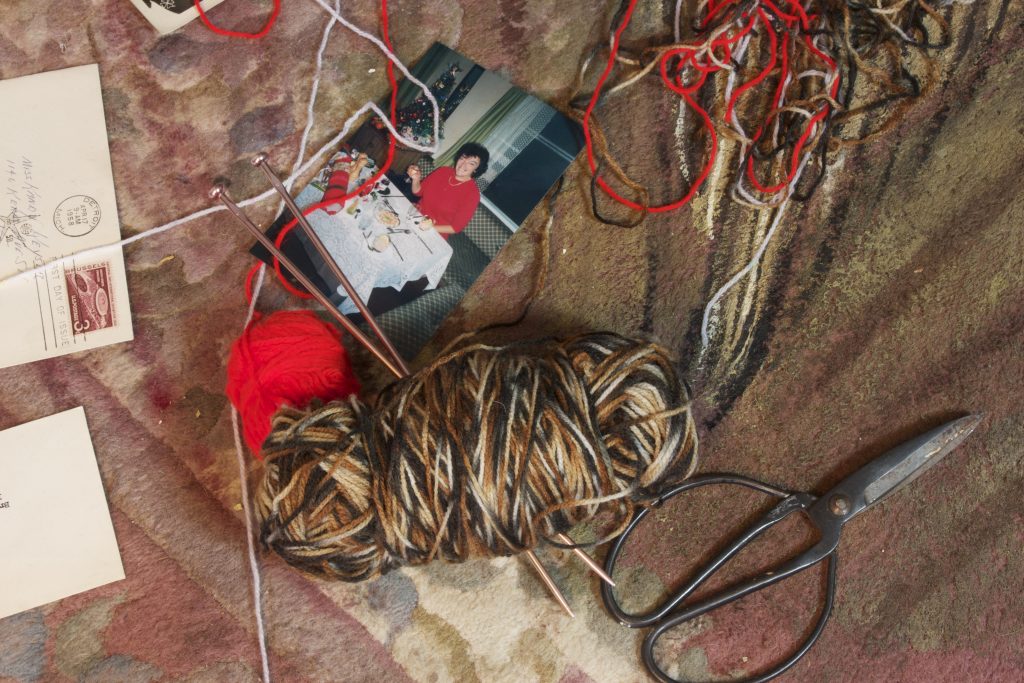
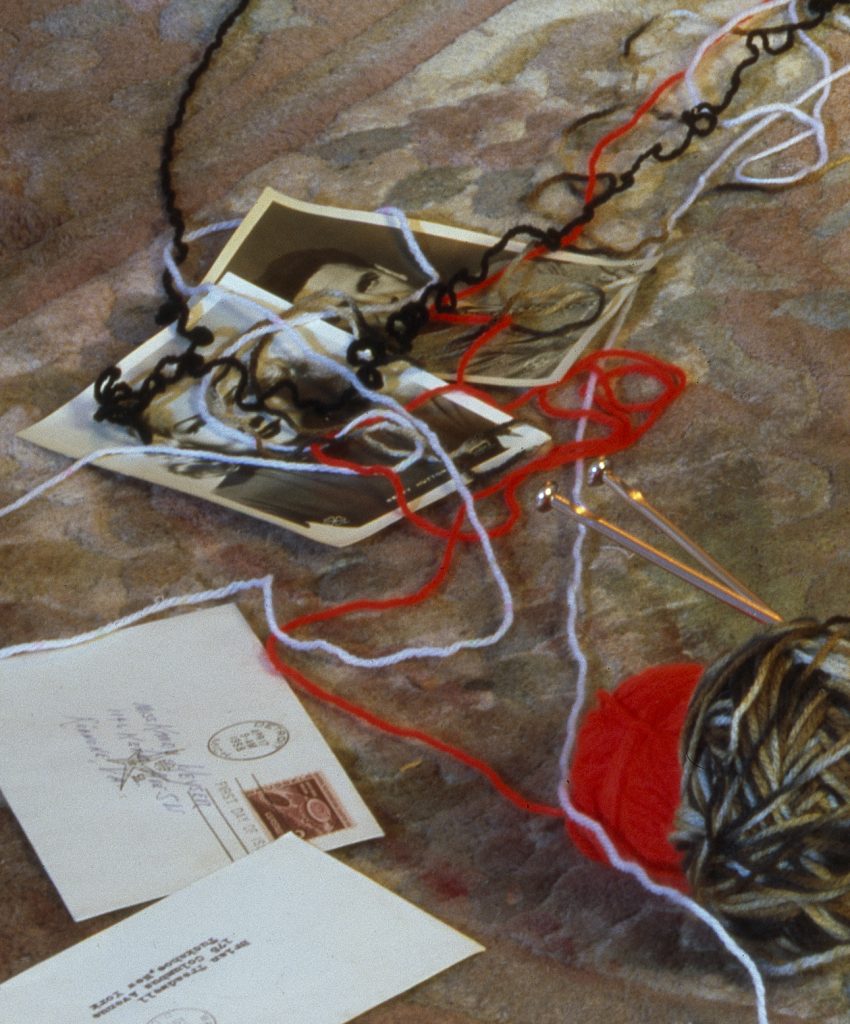
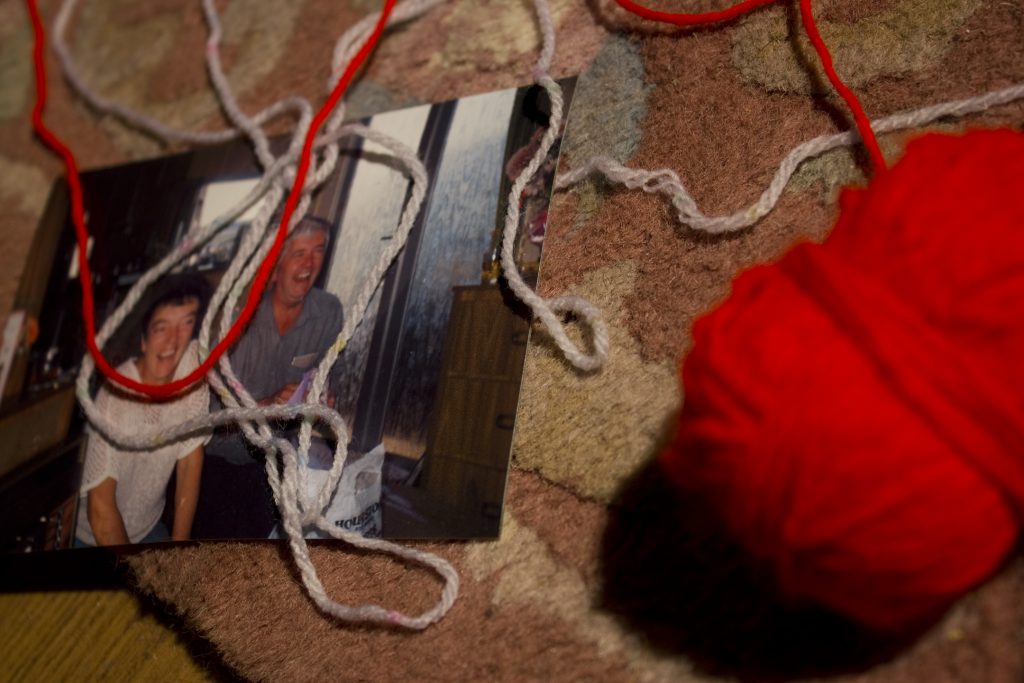
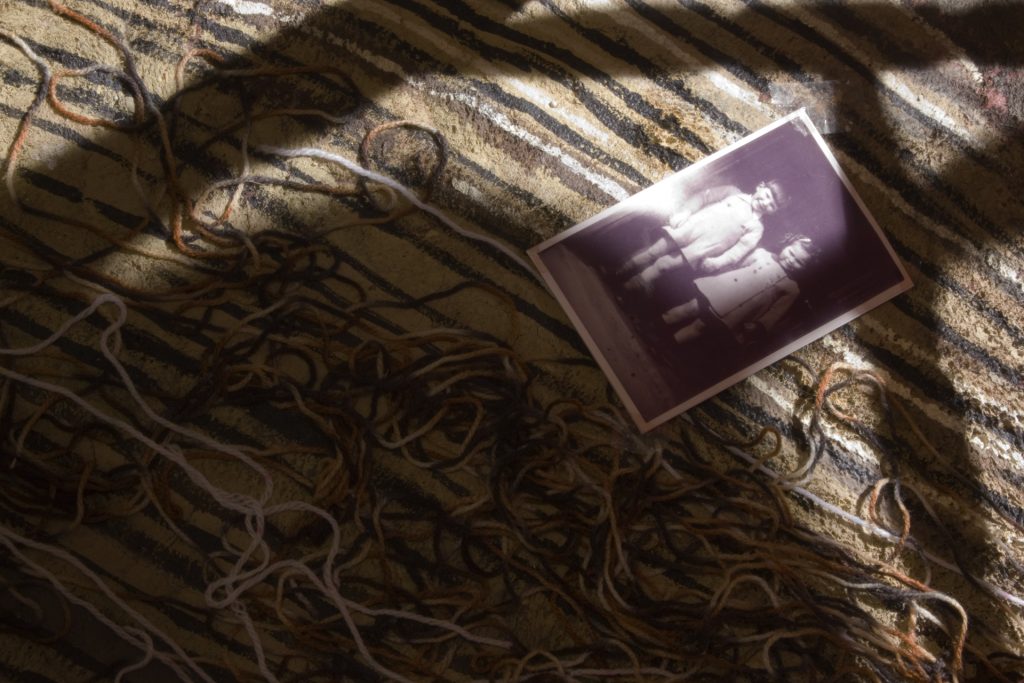
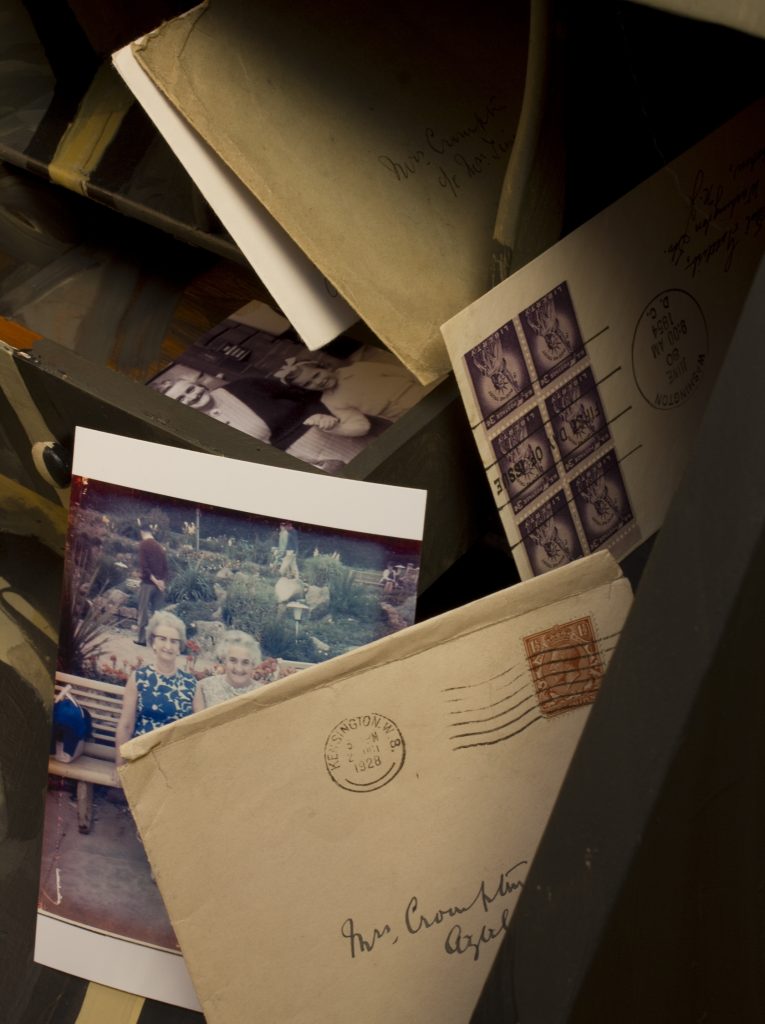
Leave a Reply
You must be logged in to post a comment.